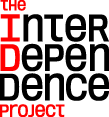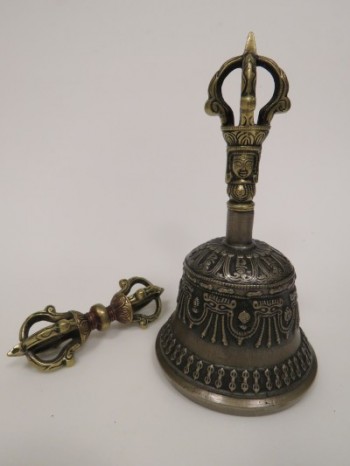
Theme: Empowerment
The quality of empowerment is the quality of taking a stand, being present, daring to say “˜Here I am.'” Inspired by the vajra lightning bolt of action and the bell of wisdom, Tracy Cochran discusses how the two can come together to empower oneself with compassion and dignity.
About the Mindfulness Meditation Podcast
The Rubin Museum of Art presents a weekly meditation session led by a prominent meditation teacher from the New York area, with each session focusing on a specific work of art. This podcast is recorded in front of a live audience, and includes an opening talk, a 20-minute sitting session, and a closing discussion. The guided meditation begins at 19:45.
If you would like to attend Mindfulness Meditation sessions in person or learn more, please visit our website at RubinMuseum.org/meditation.
This program is supported with thanks to our presenting partners Sharon Salzberg, the Interdependence Project and Parabola Magazine.


Related Artwork

The vajra and bell””the two most common ritual implements used in Tibetan Buddhism””have particular significance in empowerment ceremonies. The vajra, a type of scepter, represents compassion, firmness, the uprooting of suffering, and that which is immovable, indestructible, and imperturbable. The bell represents wisdom (about the true, empty nature of reality) and the propagation of the truth. When the vajra and bell are used in an empowerment ritual, their combined compassion and wisdom are a means to liberate sentient beings from suffering.
About the Speaker

Tracy Cochran is editorial director of Parabola, a quarterly magazine that for forty years has drawn on the world’s cultural and wisdom traditions to explore the questions that all humans share. She has been a student of meditation and spiritual practices for decades and teaches mindfulness meditation and mindful writing at New York Insight Meditation Center and throughout the greater New York area. In addition to Parabola, her writing has appeared in The New York Times, Psychology Today, O Magazine, New York Magazine, the Boston Review, and many other publications and anthologies. For more information please visit tracycochran.org.
